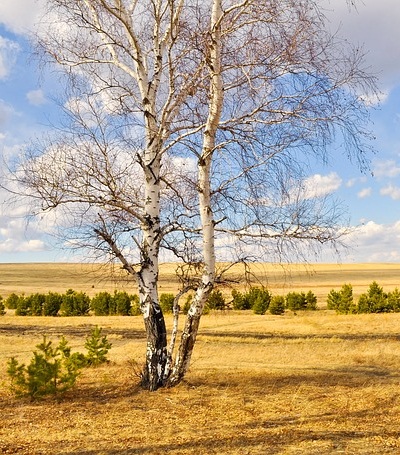KU Researchers Study Changes that Transpired in the Burned Areas of the Rondônia Amazon Forest
A first of its kind study that sought to gain insight on the changes that transpired in the areas burned by the Rondônia Amazon fire, was conducted by researchers of the University of Kansas (KU).
Headed by Gabriel de Oliveira, a KU Department of Geography & Atmospheric Science researcher, backed with a background in Ph.D. in Remote Sensing acquired from Brazil’s Sao Jose dos Campos via the Brazilian Space Agency/National Institute for Space Research P, Brazil, who stressed the importance of studies centered on biosphere-atmosphere interactions.and the changes that transpire to land cover.
They are significant because such changes affect the exchange of heat and water between the Amazon and the atmosphere.
Gabriel de Oliveira explained that since the Amazon is the largest rainforest in the world, the precipitation and all the water fluxes that transpire in the Amazon, affects the entire planet. That is why much of the international concern over the recent Amazon fire, arises from Amazon’s role in regulating the global climate.
Previous scientific researches have established that every year, the Amazon is capable of absorbing two (2) billion tons of carbon dioxide (CO2), which represent about five percent (5%) of global emissions. Continuing fires in the region therefore, tend to erode the Amazon’s carbon-absorbing capacity. Even worse is that widespread fires simultaneously contribute large amounts of carbon to the atmosphere.
What the KU Researchers Gathered from their Analysis of the Burned Land Covers
Using information provided by space and weather station satellites, de Oliveira and his fellow researchers analyzed data on the “Advanced Spaceborne Thermal Emission and Reflection Radiometer (ASTER)” and from “Large-Scale Biosphere-Atmosphere Experiment in Amazonia (LBA).
They then compared changes in water and surface energy that transpired in eastern Rondônia, Brazil, over different types of land cover in a drought year and a wet year. The KU research team also found statistically significant variations in other important measures, before and after a year of deforestation.
NASA satellite, high spatial resolution (15m) images, obtained by the ASTER sensor in Rondônia, showed that deforestation that consequently transformed the forest into pasture or agriculture land for soybean production, hand increased the soil and air temperatures in the Brazilian region, by two to four times the measures recorded before deforestation.
The research team also observed that when compared to non-forested areas in Rondônia, the amount of evapotranspiration occurring in Rondônia’s forested areas, are approximately three times higher. Moreover, notable spatial variations on the following:
- The albedo or the amount of sunlight reflecting on the surface;
- The net radiation or energy provided by sunlight that is available on the surface;
- The measure of heat transferred from surface to atmosphere by way of soil and heat fluxes
- The amount of water transferred from land to atmosphere when evaporating from the soil and during the process of transpiration in plants.
Those significant variances were noted between areas located on the opposite sides of Ji-Paraná River. To which one side had suffered more deforestation than the other side, where land is within the Jaru Biological Reserve protection.
Gabriel de Oliveira, who was born and raised in Brazil, said that
”There are no natural fires in the Amazon. They are all set by human beings, who claim they are only setting to ready the agricultural lands in order to make soil a little better.” ”Yet every year, fires get out of control in agricultural land, reaching and burning the forest.especially during severe drought events as everything is really dry.”
